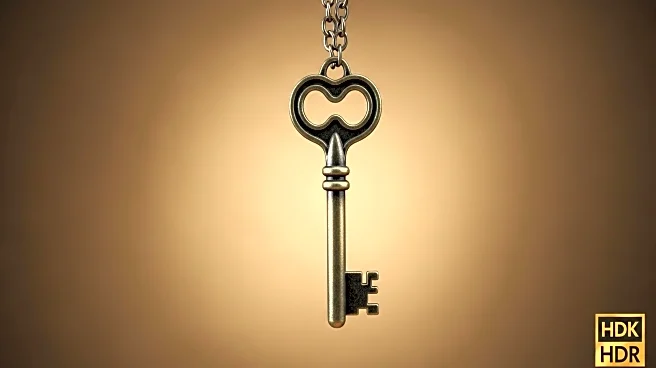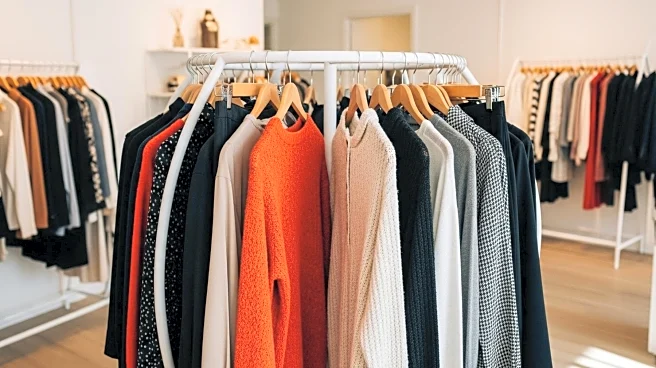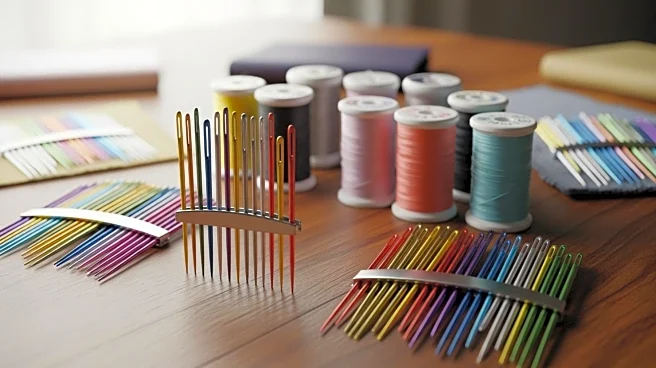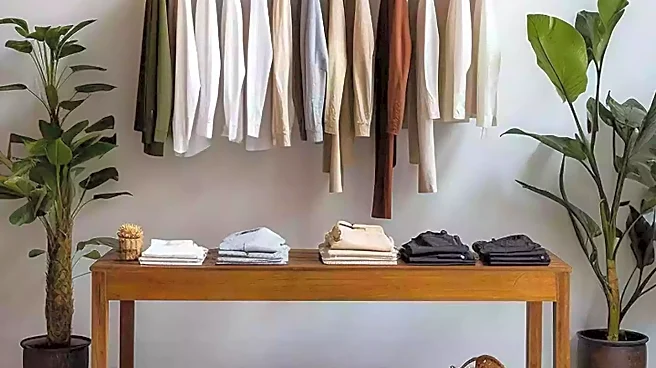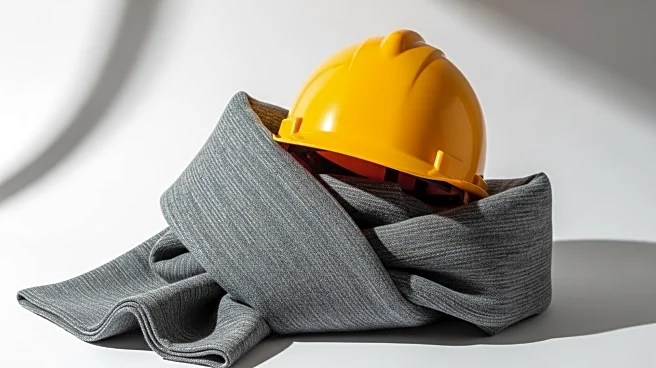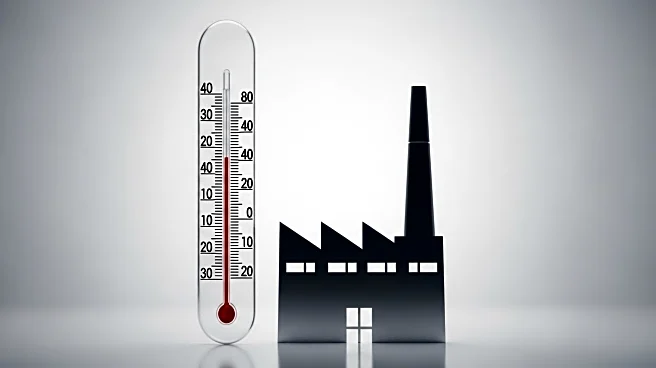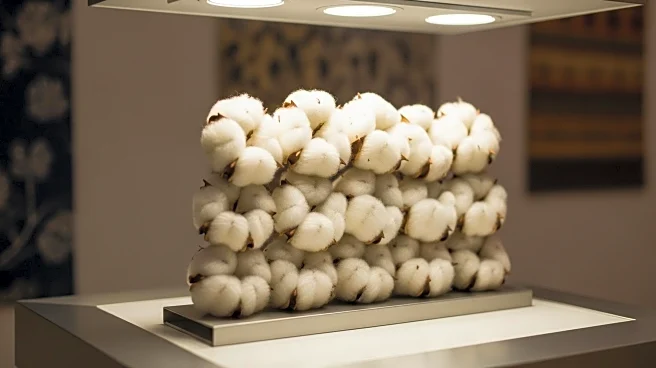What's Happening?
The secondhand clothing market is experiencing significant growth as a sustainable alternative to fast fashion. This market, valued at $91.12 billion in 2022, is projected to reach $351 billion by 2027. The rise of fast fashion has led to unsustainable practices, including overproduction and environmental damage. Secondhand clothing offers a solution by extending the lifespan of garments and reducing waste. Platforms like ThredUp, Depop, and Poshmark facilitate the buying and selling of pre-owned clothing, contributing to a circular economy. The fashion industry is increasingly adopting sustainable practices, such as using recycled materials and promoting longevity in clothing design.
Why It's Important?
The growth of the secondhand clothing market is crucial for environmental conservation and business innovation. By reducing the demand for new clothing production, the market helps decrease pollution and resource consumption. It also offers consumers affordable and unique fashion options, aligning with the values of younger generations who prioritize sustainability. The shift towards secondhand clothing reflects a broader trend in the fashion industry towards more sustainable practices, which can lead to reduced carbon emissions and a smaller ecological footprint. This change is essential for addressing the environmental impact of fast fashion and promoting a more sustainable future.
What's Next?
As the secondhand clothing market continues to grow, businesses are likely to integrate more sustainable practices into their operations. This includes buy-back programs, reselling, and rental platforms. Brands like H&M and Levi's have already adopted these strategies, demonstrating that sustainability can be profitable. The fashion industry may see increased collaboration with secondhand platforms and a greater emphasis on circular economy principles. Consumers can expect more options for sustainable fashion, with a focus on quality and longevity. The market's expansion may also lead to new business models and innovations in fashion technology.
Beyond the Headlines
The rise of secondhand clothing highlights ethical and cultural dimensions in the fashion industry. It challenges the fast fashion model and encourages consumers to consider the environmental and social impact of their purchases. The trend also supports cultural preservation by keeping traditional textiles and vintage garments in circulation. As the market grows, it may influence broader societal attitudes towards consumption and sustainability, fostering a culture of resourcefulness and creativity. This shift could lead to long-term changes in consumer behavior and industry practices, promoting a more sustainable and equitable fashion landscape.

